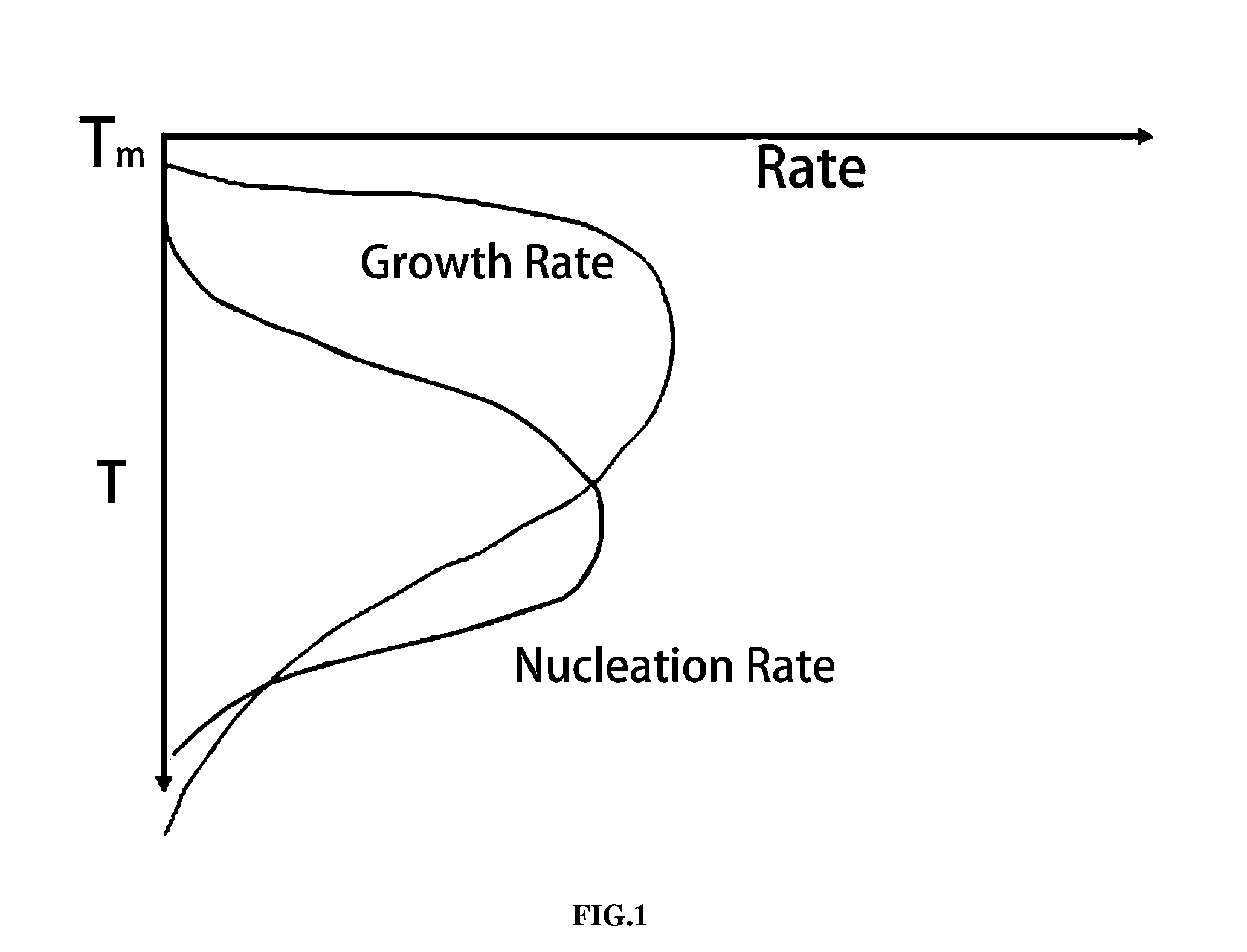Method for manufacturing alloy catalyst for fuel cell
a fuel cell and alloy technology, applied in the direction of metal/metal-oxide/metal-hydroxide catalysts, cell components, physical/chemical process catalysts, etc., can solve the problems of cathode carbon support catalyst in the fuel cell corroding, durability reduction, fuel cell electrode catalyst currently in use may have deterioration, etc., to prevent corrosion at harsh conditions, reduce time for stabilizing charge on the carbon surface, and improve durability
- Summary
- Abstract
- Description
- Claims
- Application Information
AI Technical Summary
Benefits of technology
Problems solved by technology
Method used
Image
Examples
examples
[0052]The following examples illustrate the invention and are not intended to limit the same.
experimental example 1
[0056]In order to identify microstructures of the Pt / C prepared in the commercially available MEA purchased from G company in Comparative Example 1 and the PtIr / C prepared in Example 1, microscopic images were obtained from TEM and compared. As shown in FIG. 3, clear difference between the two micro structures was observed. In FIG. 3, (a) of Pt / C at 100 k magnification scale, (b) of Pt / C at 300 k magnification scale, (c) of PtIr / C at 50 k magnification scale and d) PtIr / C at 300 k magnification scale are shown.
experimental example 2
[0057]In order to test durability of the alloy catalyst prepared in Examples, a commercially available catalyst Pt / C for a vehicle in Comparative Example 2, and an MEA prepared by mixing the Pt—Ir / C prepared in Example 1 and Pt / Cat the weight ratio of 1:4 according to an exemplary embodiment were applied to a fuel cell system (Breadboard, BB) together with the commercially available MEA (G company) and then their accelerated durability were tested.
[0058]The results of testing durability of the catalysts such as degradation ratio and degradation rate at the beginning and every 100th cycle are shown in Table 1.
TABLE 1Commerciallyavailableproduct(G company)Pt-only / CPt / C + PtIr / C(Comparative(ComparativePreparationMEAExample 1)Example 2)ExamplePerformance0.536 V0.648 V0.658 V(Degradation(reduced by(reduced by(reduced byratio: %) at 0.6 A / cm2about 24.9%)about 12.3%)about 10.4%)Degradation rate−96.2−50.2−41.9at 0.6 A / cm2(μV / hr)
[0059]As shown in Table 1, the PtIr / C-containing MEA including ...
PUM
| Property | Measurement | Unit |
|---|---|---|
| temperature | aaaaa | aaaaa |
| particle size | aaaaa | aaaaa |
| pH | aaaaa | aaaaa |
Abstract
Description
Claims
Application Information
 Login to View More
Login to View More - R&D
- Intellectual Property
- Life Sciences
- Materials
- Tech Scout
- Unparalleled Data Quality
- Higher Quality Content
- 60% Fewer Hallucinations
Browse by: Latest US Patents, China's latest patents, Technical Efficacy Thesaurus, Application Domain, Technology Topic, Popular Technical Reports.
© 2025 PatSnap. All rights reserved.Legal|Privacy policy|Modern Slavery Act Transparency Statement|Sitemap|About US| Contact US: help@patsnap.com



